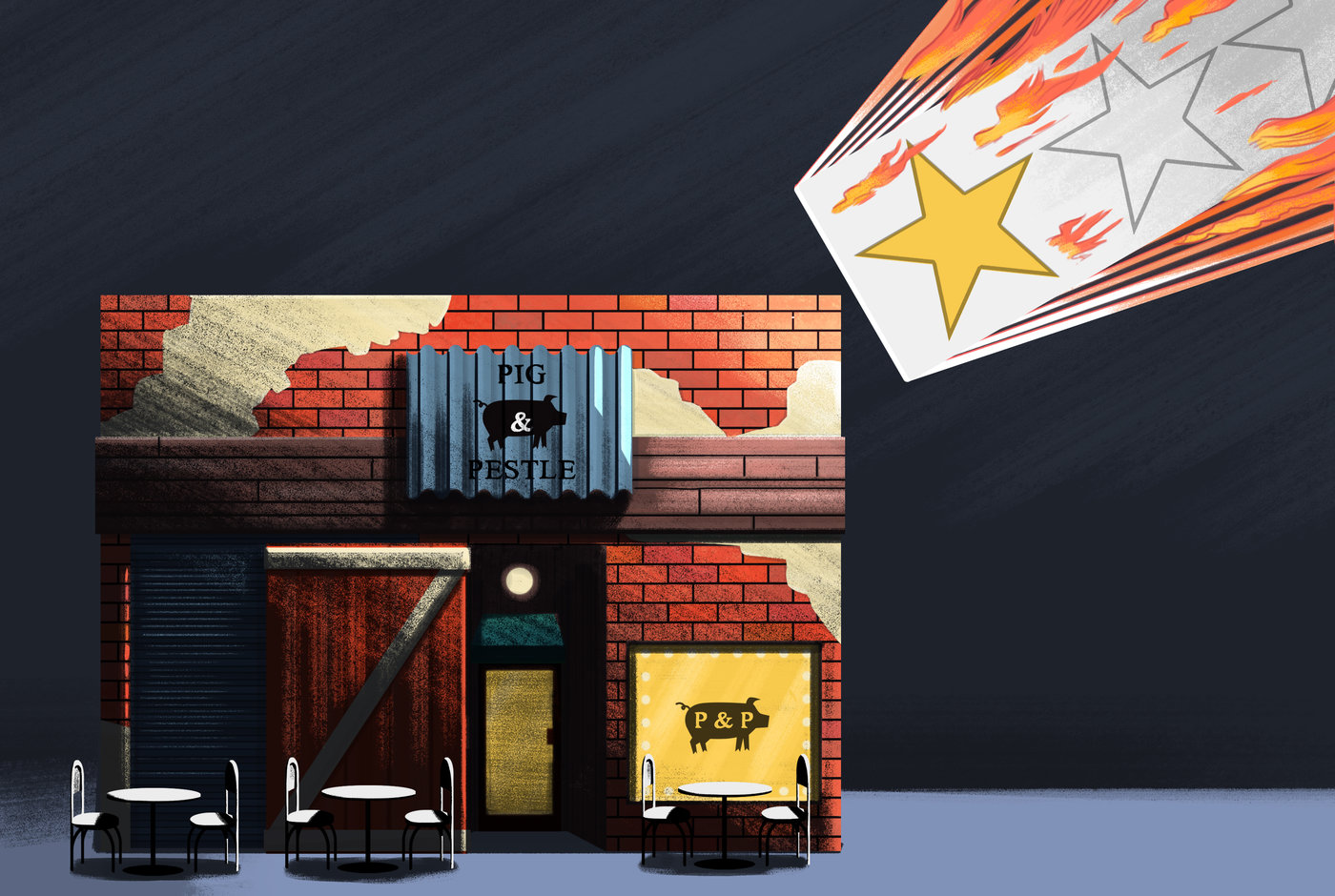Years ago I was counseled to stay away from anything retail and develop interests elsewhere. Damn good advice.
Use the restaurants as an economic indicator and a place to grab a meal and you avoid a lot of problems.
From Thrillist:

It did not. Accolades started pouring in, beginning with all-powerful San Francisco Chronicle restaurant critic Michael Bauer, who gave it three and a half stars. Esquire’s John Mariani named it one of America's Best New Restaurants for 2012. Bon Appetit put it in the extended Best New Restaurants list. A Japanese magazine said nice things. By the end of year one, it'd made a $250K net profit on $2.9 million in revenue, a rare feat for a sit-down restaurant run by a first-timer.But the finest moment of a banner year came away from the restaurant in New York. AQ was a 2012 James Beard finalist for Best New Restaurant in America, and Semmelhack, his now-wife Robin, and Liberman flew in for the ceremony. And though they didn't win, Semmelhack recalls it all perfectly."I remember seeing my wife in a gorgeous dress outside of Lincoln Square. I remember sitting amongst all these legends, people I'd looked up to, restaurants that I'd studied, and just feeling really proud. And then we went to Gramercy Tavern after (whose own Michael Anthony had just won for Best Chef New York City), and I got to meet Danny Meyer and totally fanboy-embarrass myself." He stops talking and leans back in his chair. "We felt pretty invincible."